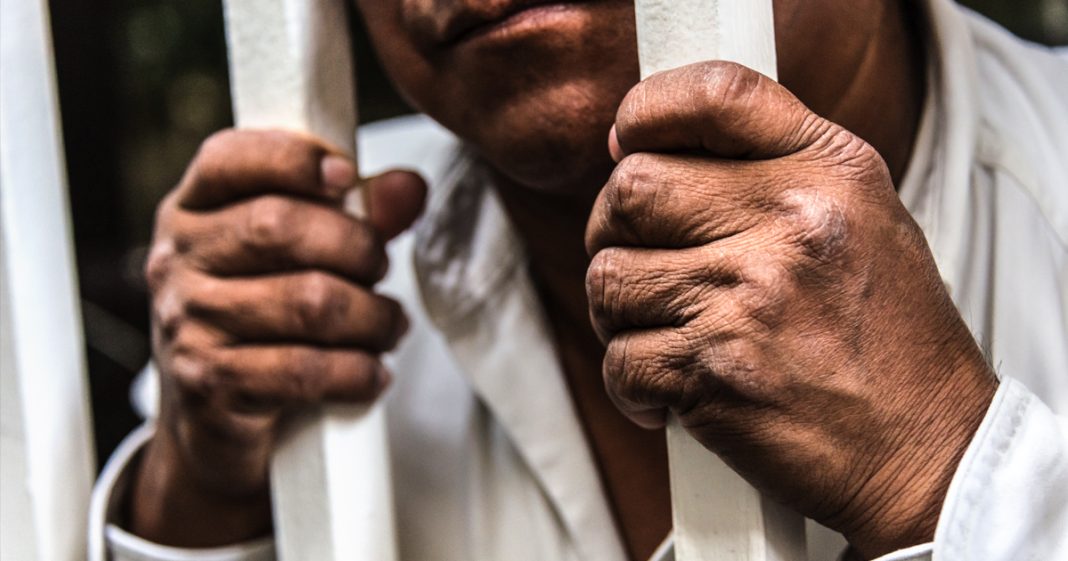Today, opioid abuse is considered one of the most serious addiction crises society faces. However, thirty years ago, the addiction crisis was all about a different drug: a highly-addictive form of cocaine, known as crack.
What is telling about American society is the stark difference in how the media, policymakers and law enforcement agencies have responded to these two different addiction crises. Opioid addiction is being acknowledged (and rightly so) as a disease that calls for treatment and compassion. On the other hand, crack addiction has been treated as a moral failing that requires severe and draconian punishment.
Last year, the Obama Administration put plans in place to increase funding and expand the number of opioid addiction treatment centers and programs. Communities and industries alike have come together to make medications for opioid addiction treatment more available. One national grocery chain even started making naloxone (a medication that blocks the effects of opioids) available without a prescription.
These days, law enforcement officers are approaching opioid addiction not by locking up addicts, but by trying to get them into rehab. A former narcotics officer, commenting on a news story about a man who died of an opioid overdose, said, “These are people. They have a purpose in life, and we can’t look at it any other way.”
Contrast this approach with the way society dealt with crack addiction. Thirty years ago, crack addicts were the prime target in the Reagan Administration’s so-called “War on Drugs.” Crack users were portrayed in the media as dangerous psychopaths, as strung-out inner-city “welfare mothers” giving birth to addicted babies, as dangerous criminals who needed to be imprisoned and even killed. There was no call for treatment of crack addicts. These people were judged as morally weak and even evil, who simply didn’t have the strength and determination to overcome their own “innate depravity.”
Granted, it is possible that lawmakers and law enforcers have learned a few things from the dismal failures of the “War on Drugs” over the past few decades. However, is it any coincidence that the majority of those suffering from opioid addiction are white, while crack addiction primarily affected inner-city blacks? No.
In retrospect, society’s harsh and often merciless response to crack addiction was a revelation on how the United States has continued to struggle with the issue of race and inequality. In a March 2016 interview on PBS News Hour, law professor Ekow N. Yankah pointed out:
“When the faces of addiction had dark skin, the police didn’t see sons and daughters, sisters and brothers. They saw brothas, young thugs to be locked up, not people with a purpose in life…December 24, 2025, white heroin addicts get overdose treatment, rehabilitation and reincorporation. Black drug users got jail cells and ‘just say no’.”
Progressives and liberals have long been guilty of complacency, as the campaign and presidency of Donald Trump has demonstrated. During the last decades of the 20thCentury, we naively thought the Civil Rights Movement had finally started to bring an end to segregation and Jim Crow. With the election of a mixed-race president, some believed that America was finally moving beyond the racial divide. And yet, that race issue has continued to raise its ugly head over and over again.
Today, Trump has tacitly given permission to virulent racists across the country to express and act out on their hatred. Back then, the excuse was a “war on drugs.” It is incumbent on Progressives to look at recent history in all its ugliness and acknowledge that although we as a society have come a long way on the issue of race in America, we still have a very long way to go.

